
The press is still an important channel to bring timely and accurate information to the people.
Predicting “noise” and “feedback” factors
All policies must aim for clarity and transparency so that people know, discuss, act, inspect, supervise and benefit. To do this effectively, policy communication is not just about conveying policies to the people. Policies must be communicated early, from the time of policy draft formation, receiving feedback so that when the policy is issued, it can be approved by the majority of the public and put into practice.
How to increase the effectiveness of policy communication to have a profound impact, to change the awareness and behavior of the public group that the policy is aimed at?
Correct understanding and awareness of the communication model and elements of the policy communication process will help all agencies, including the press, responsible for policy communication to perform their tasks well.
In the world, the modern communication model widely used today is described as follows:

Thus, information starts from the source (the communication subject), after the message is encoded it will be transmitted through communication channels, the message will be decoded and reach the message receiver.
In which: S (Source) is the source (sender) of the message; M (Message) is the message; C (Channel) is the communication channel; R (Receiver) is the receiver; E (Effect): Effect.
However, this communication process is not simply one-way, it has the element of "Noise" in the process of information going from the source to the receiver and when receiving, the receiver will have feedback back.
This description affirms that communication is a two-way information exchange process, always taking place in the context of interactive relationships between individuals, while rejecting the view of the absolute influence of communication on the recipient.
With the explosion of social media today, the "noise" factor that media theorists proposed decades ago has become a major factor that cannot be ignored, and even plays a role in changing perceptions in the process of receiving media. This poses great challenges for policy communication, not just one-way reporting, listening and receiving public feedback can build policies that are suitable for life.
Objective, multi-dimensional policy communication
Social networks are a place that reflects faster and more sensitively the policy reception process (especially for policy drafts). The "noise" element of the policy communication process on social networks is also more evident. Social networks are also a place where "feedback" information spreads very quickly, affecting policy makers.
With the same characteristics, social networks are the place where the communication process is disturbed, distorted and in many cases misunderstood. Not to mention the extreme, destructive and reactionary elements on social networks that affect the perception of many people in the process of receiving policies. Reflecting on the theory of communication models, it is clear that it is necessary to ensure all steps of the two-way communication process, then policy communication will be substantial and effective. In particular, it is necessary to predict and pay close attention to "noise" and "feedback" factors.
Although in many cases, the reality of recent times shows that policy communication via social media channels is very effective. Many policies are discussed democratically on social media and reach recipients more easily. Some policies, thanks to the feedback and criticism process on social media, have helped policy makers adjust them to suit the requirements and realities of life.
However, as analyzed above, policy communication via social media channels also has many potential negative factors that affect the reception process of policy beneficiaries. Therefore, the importance and political factors of policy require identifying appropriate communication channels to communicate policies.
Prime Minister's Directive No. 7/CT-TTg "On strengthening policy communication" issued in March 2023, identified "the press as the mainstream". This Directive also requires ministries, departments, branches and localities to "proactively orient and provide accurate and timely information to the press and other media on issues of public concern". The Directive also clearly states "Researching the ordering and assignment of tasks to media and press agencies to carry out policy communication tasks in accordance with the requirements and provisions of the law".
Without the absolute influence of the media on the recipient, policy information through the press cannot be imposed on the recipient. Therefore, only by objectively reflecting, multi-dimensionally, receiving and processing feedback on policies to influence the policy-making process can the press truly "play its role" and maintain its role as the "mainstream".
Press and policy communication The concept of policy in policy communication is public policies including measures of the Party and Government to institutionalize and ensure implementation to solve social problems or develop society. Policy communication is the process of conveying information about Party and State policies in specific areas through various channels, in which the mainstream press plays a key role, to bring policies to the public. To ensure the smoothness between the policy issuer and the beneficiary groups, regulated by that policy in society. Thereby contributing to changing perceptions, moving towards adjusting the behavior and attitudes of policy beneficiaries in accordance with the interests of each individual, of the community and of the whole society, not outside the common interests of the nation, people and all people. However, in the current context, policy communication is not only the mainstream press, the role of policy communication of social networks is having a quite clear impact. It is undeniable that social networks have made positive contributions to policy communication, especially participating in the process of criticism from the policy drafting stage, contributing to making policies more realistic to people's lives. However, at the same time, social networks also cause the policy communication process to appear with false information, unverified information or inferences that are not consistent with the views of policy drafters. Therefore, the orthodoxy and accuracy of the press are still the guarantee for the key role of the press in policy communication. This is clearly shown in the Prime Minister's Directive "On strengthening policy communication" issued in March 2023, which identified "the press as the mainstream". So how can the press "keep pace" as the "mainstream" in policy communication? These are the concerns we have raised in this year's issue commemorating the 99th anniversary of Vietnam Revolutionary Press Day with a wish that: The press needs to be given more resources to do a good job of communicating policies, contributing to the creation of policies that are in line with the people's wishes, helping to create social consensus.
Source


![[Photo] Prime Minister Pham Minh Chinh meets with General Secretary and President of China Xi Jinping](https://vstatic.vietnam.vn/vietnam/resource/IMAGE/2025/4/14/893f1141468a49e29fb42607a670b174)
![[Photo] Reception to welcome General Secretary and President of China Xi Jinping](https://vstatic.vietnam.vn/vietnam/resource/IMAGE/2025/4/15/ef636fe84ae24df48dcc734ac3692867)
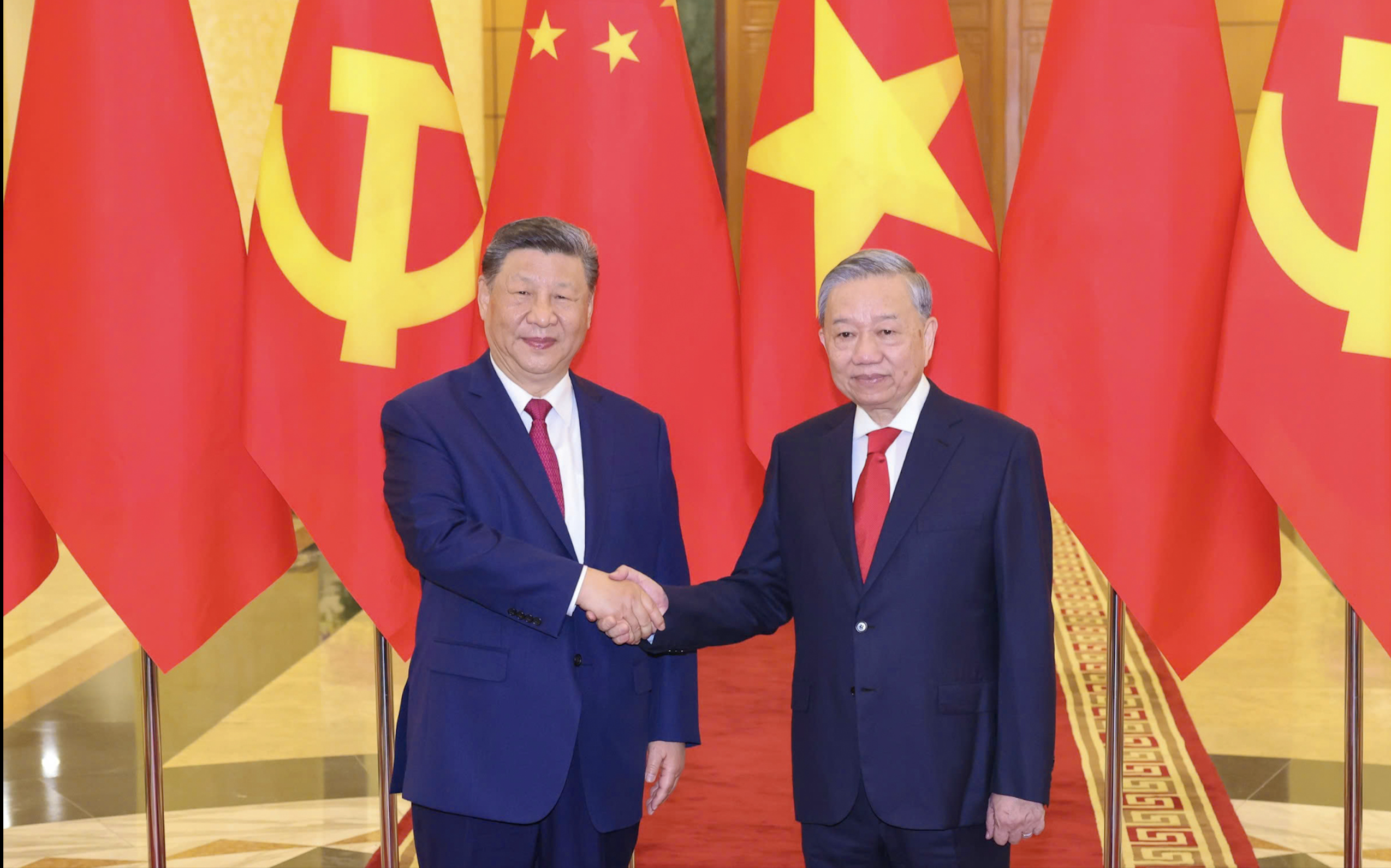
![[Photo] Tan Son Nhat Terminal T3 - key project completed ahead of schedule](https://vstatic.vietnam.vn/vietnam/resource/IMAGE/2025/4/15/85f0ae82199548e5a30d478733f4d783)
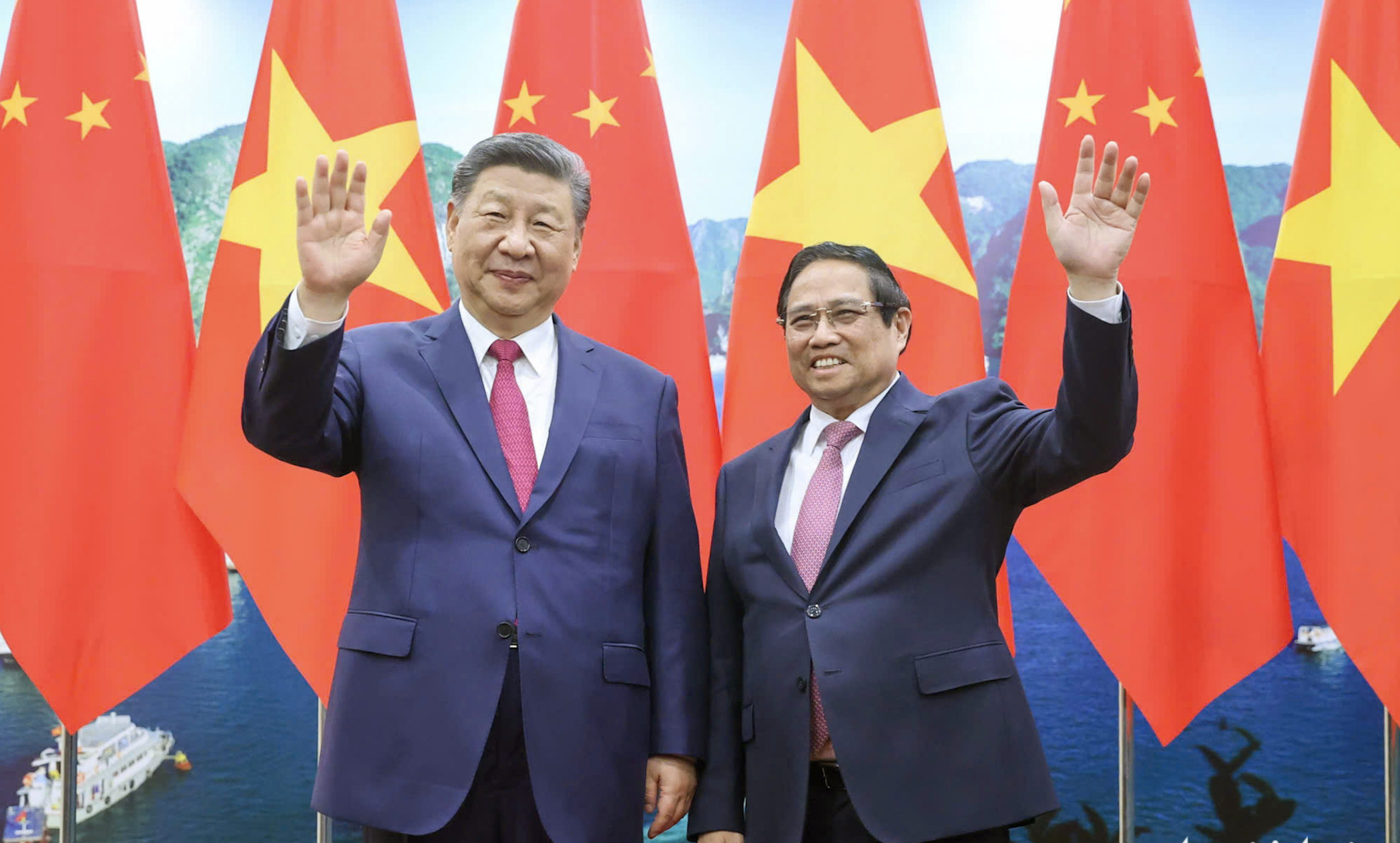
![[Photo] National Assembly Chairman Tran Thanh Man meets with General Secretary and President of China Xi Jinping](https://vstatic.vietnam.vn/vietnam/resource/IMAGE/2025/4/14/4e8fab54da744230b54598eff0070485)
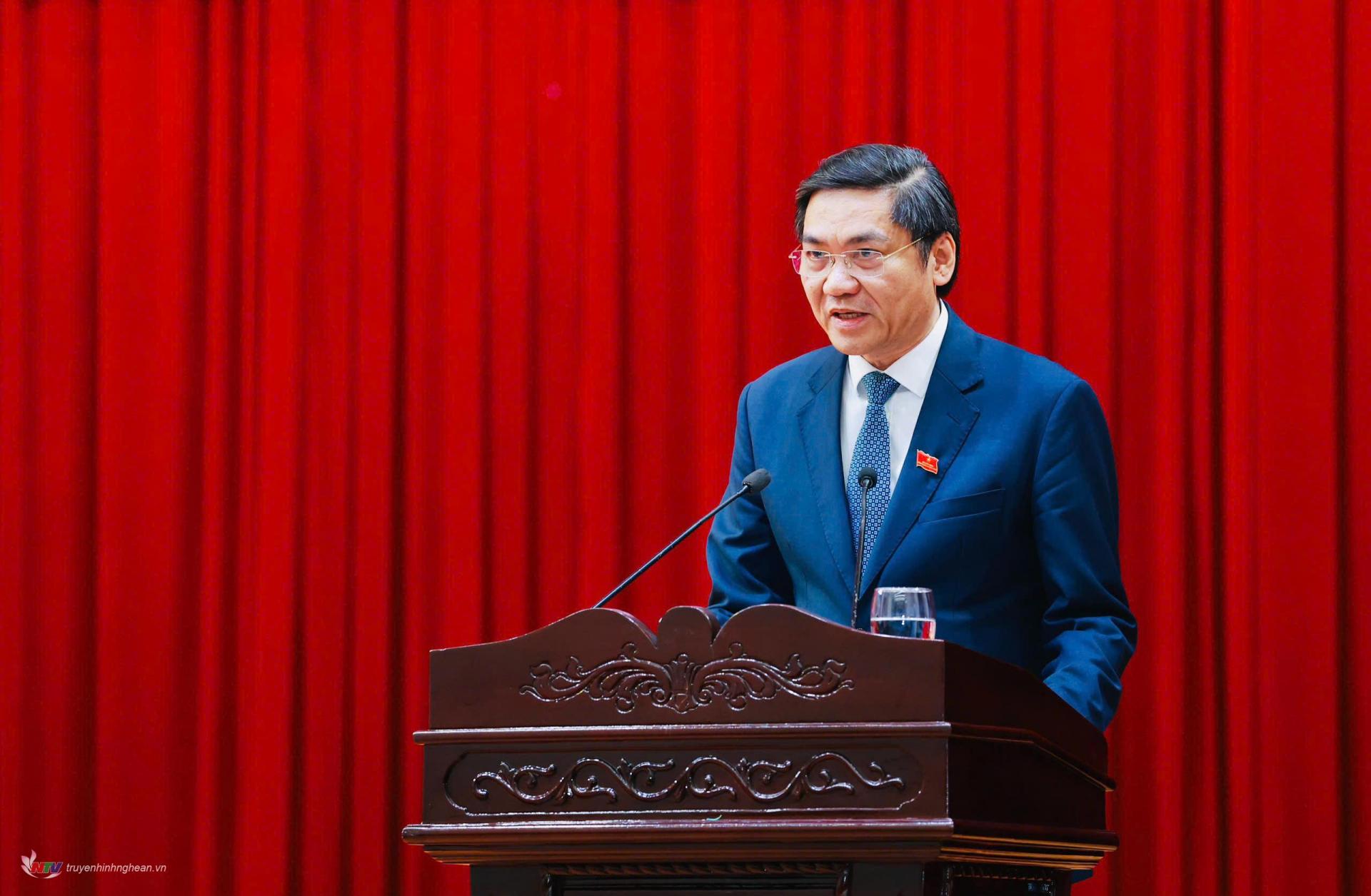

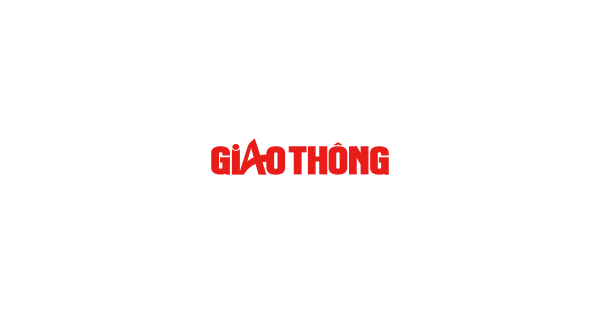
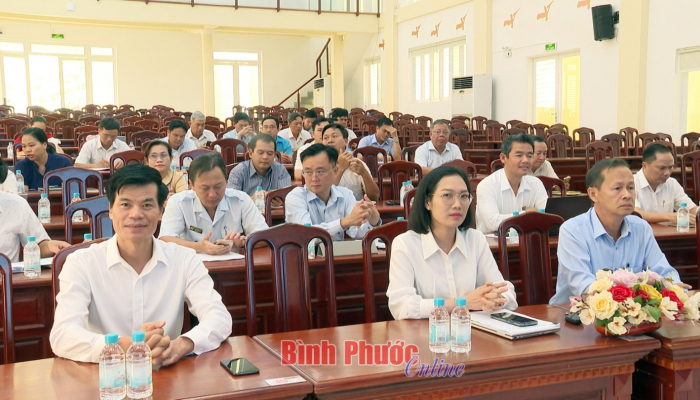

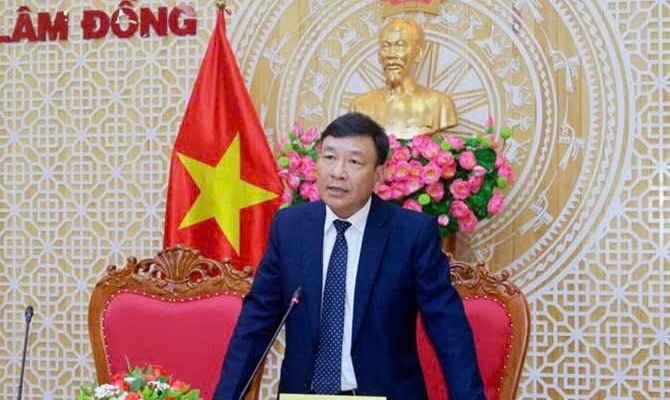







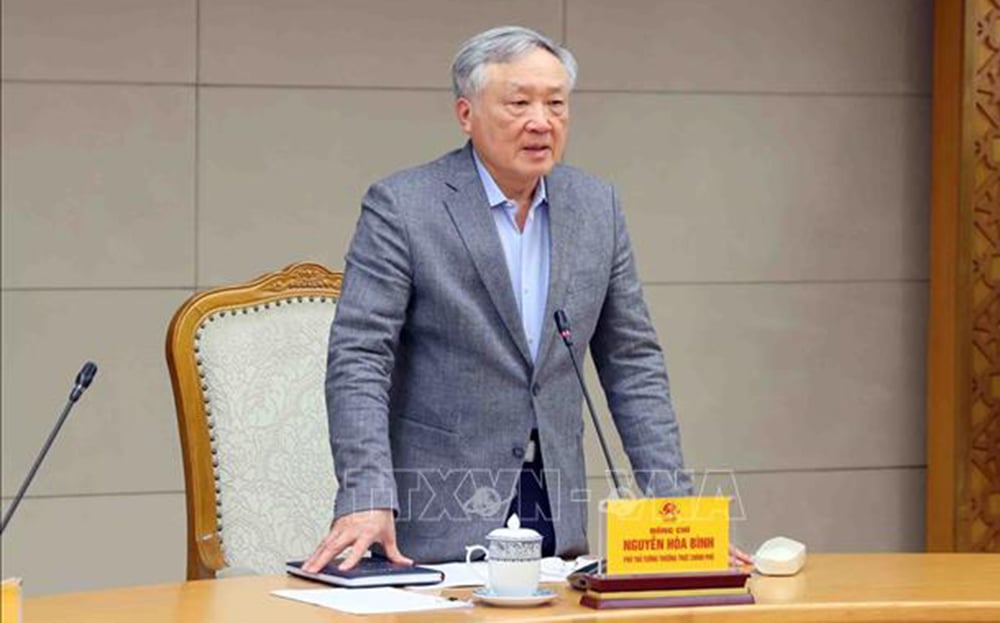

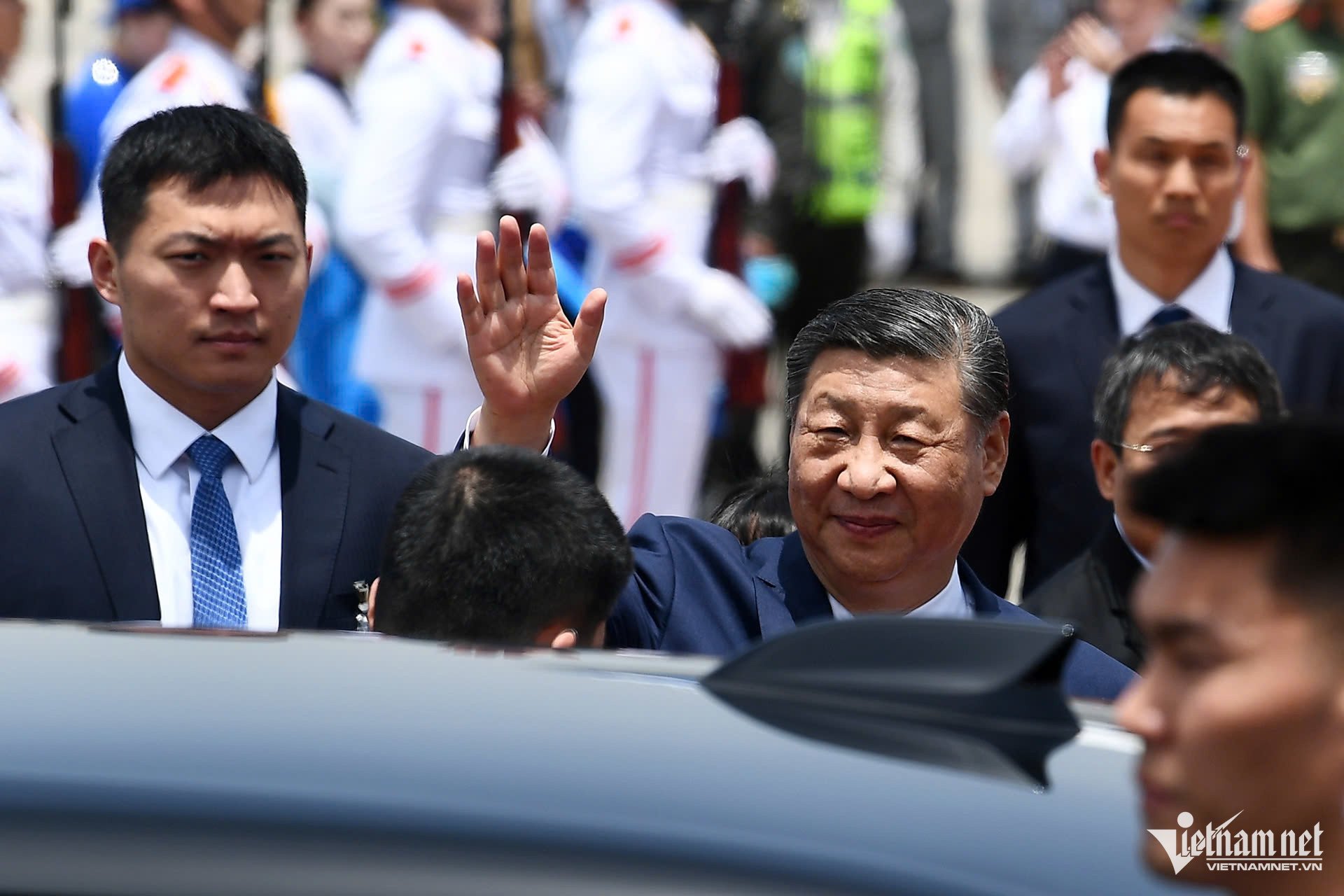
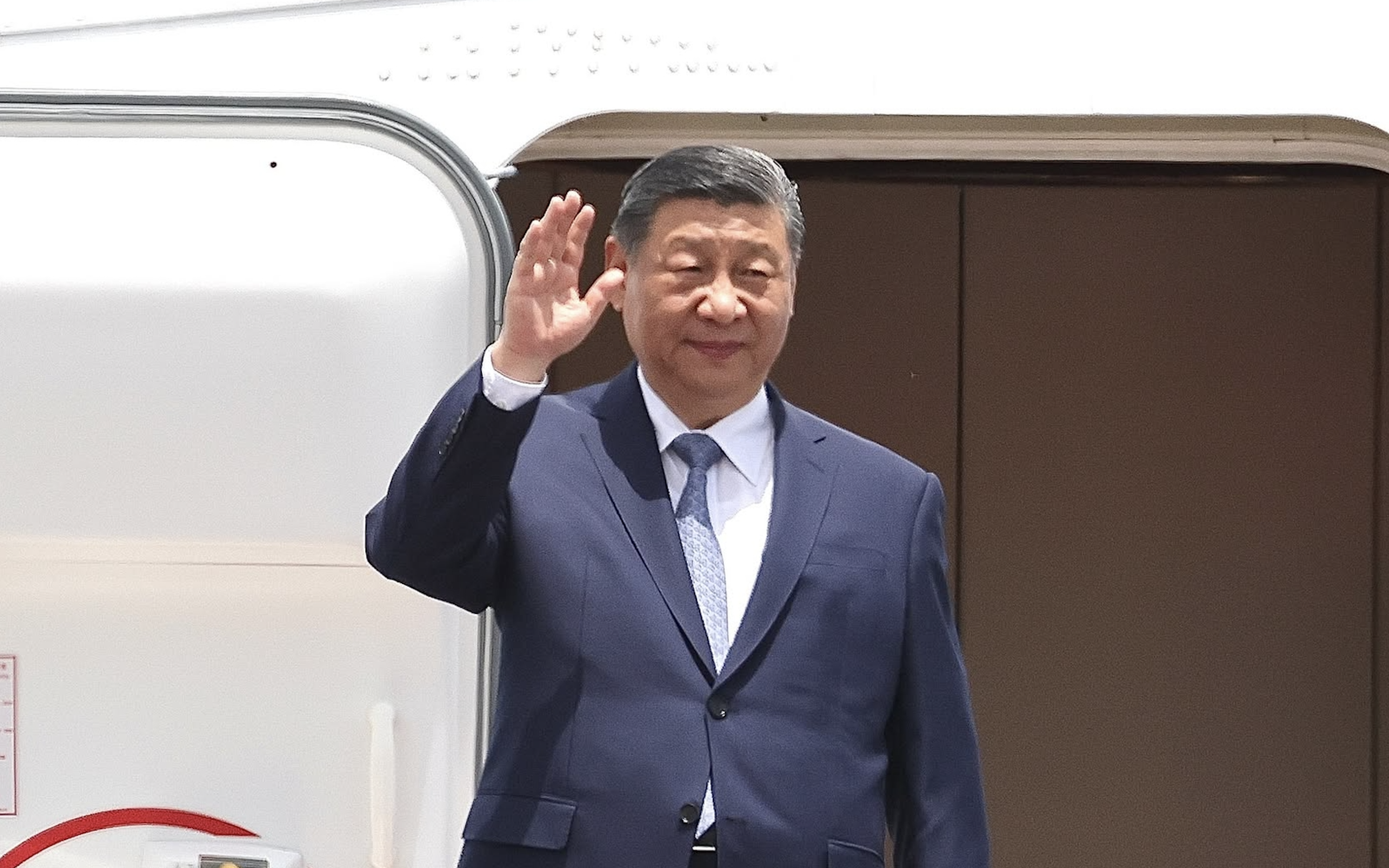















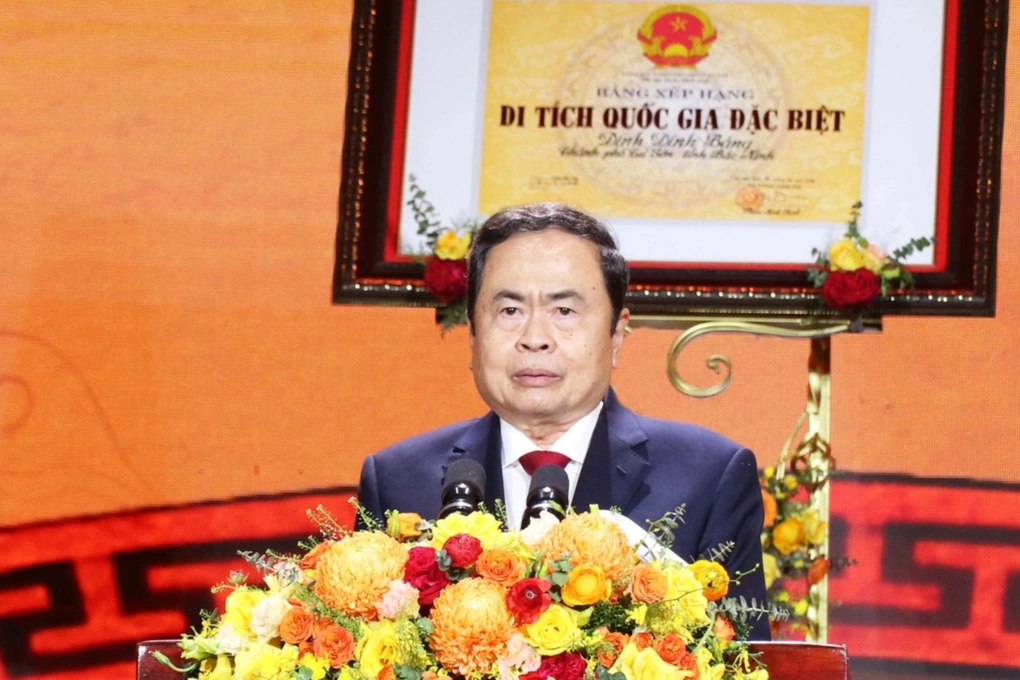











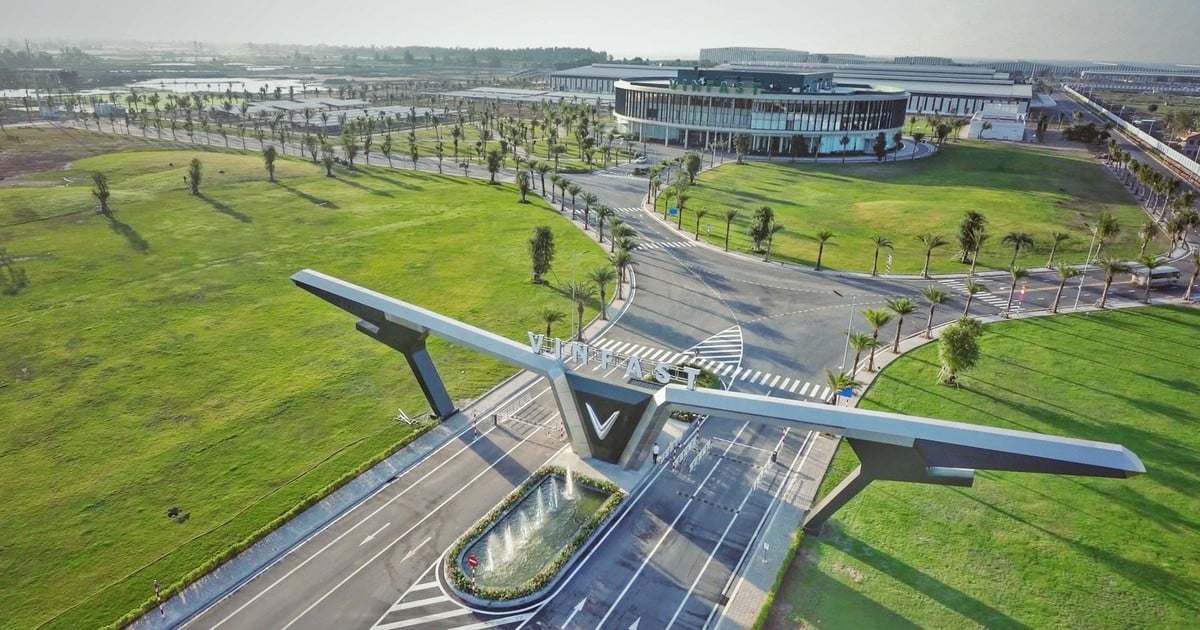











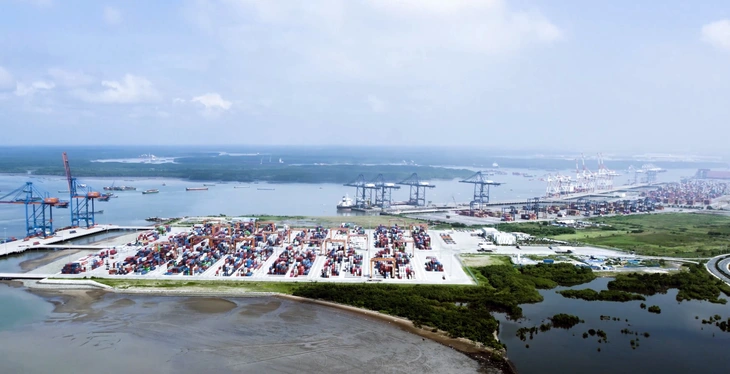

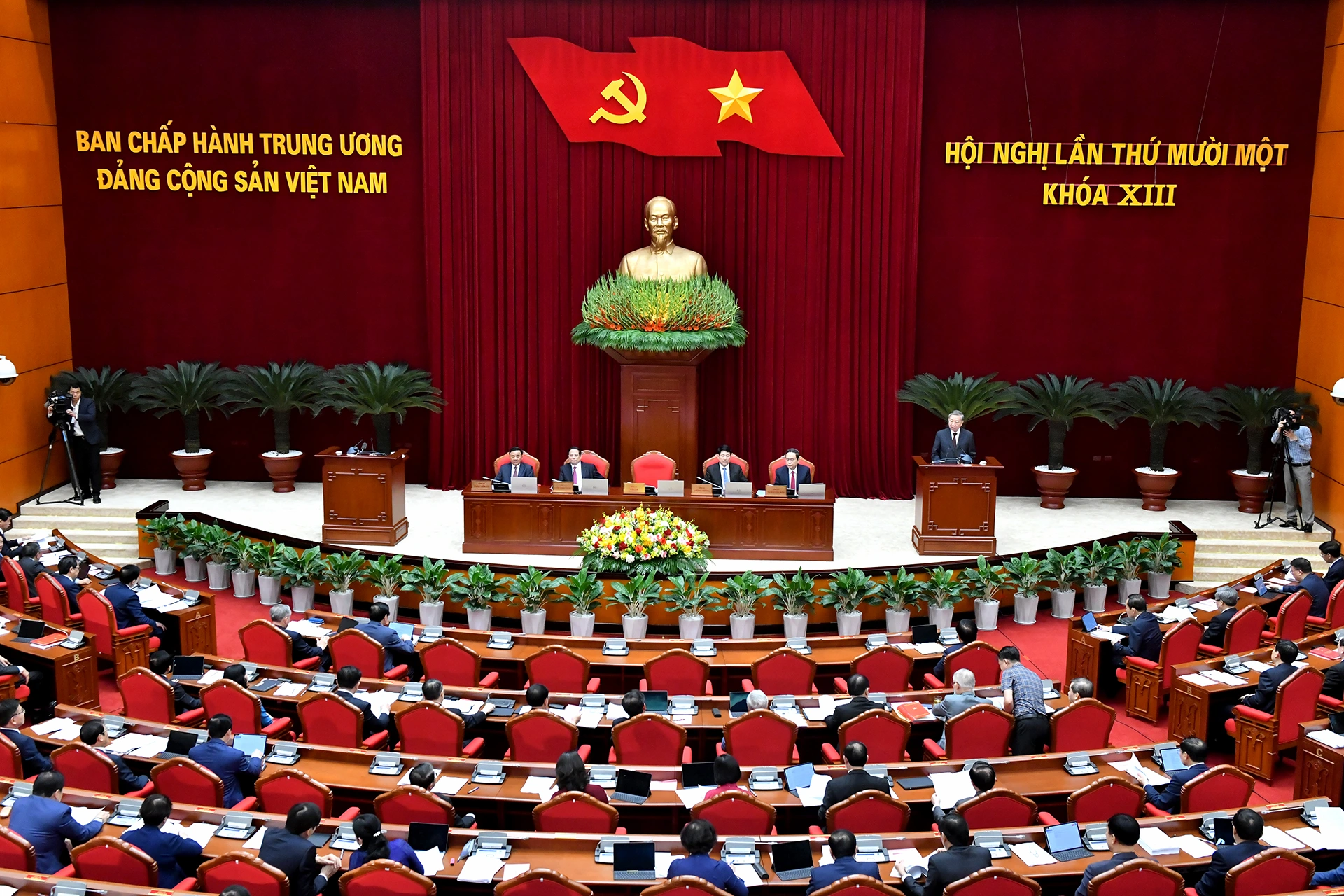

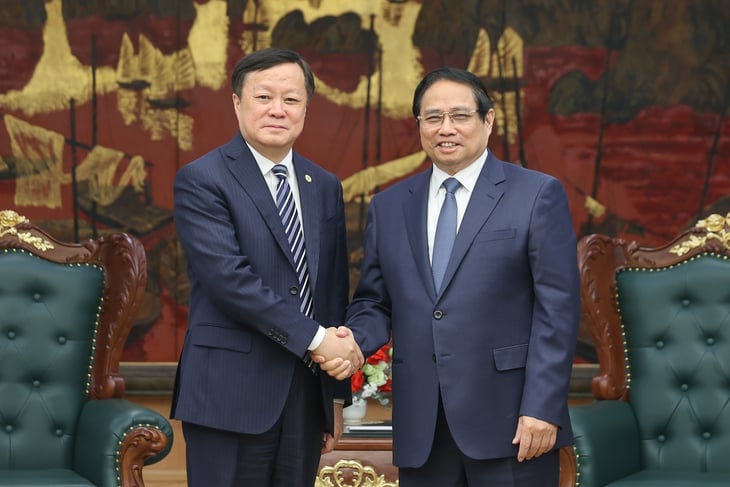




























Comment (0)